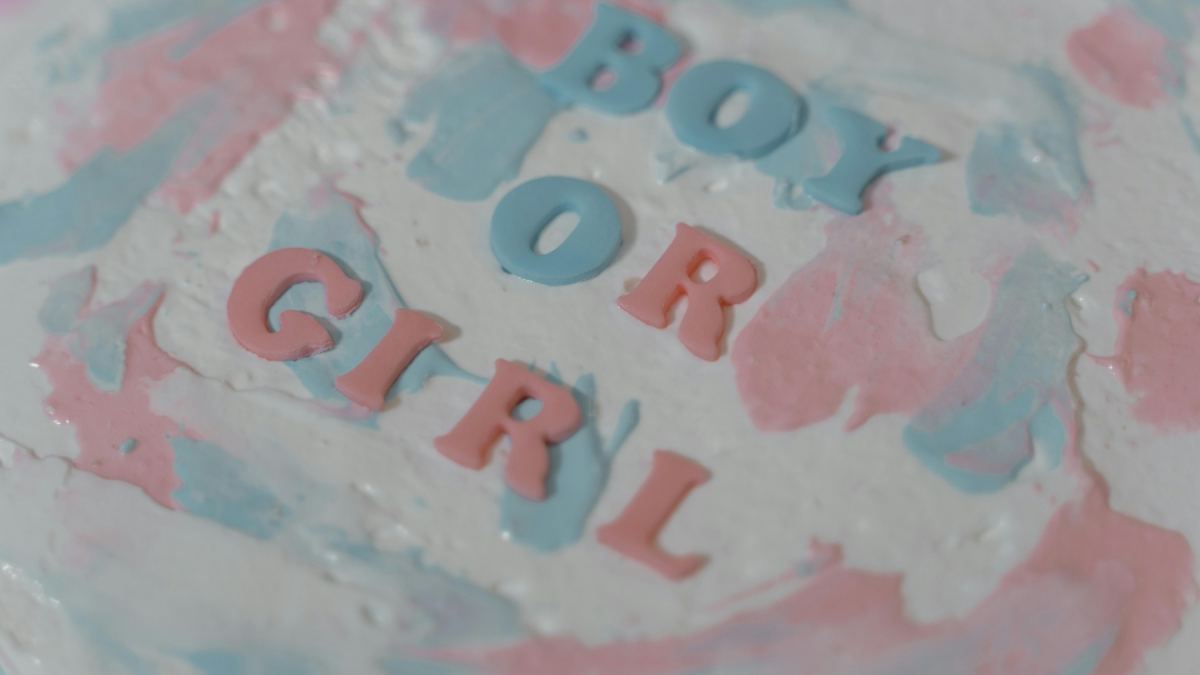
The final weeks of pregnancy are filled with anticipation and excitement as you await the arrival of your little one. As your due date approaches, you might start wondering, “Is my baby ready to come?” The process of labor and delivery can begin in various ways, but there are some clear signs that indicate your baby is preparing for birth. Recognizing these signs can help you feel more confident and prepared for the big day.
In this blog, we’ll explore four key signs that your baby is getting ready to arrive, so you’ll know when it’s time to start getting ready for the hospital and preparing for labor.
-
Lightening: Baby Drops Lower Into the Pelvis
One of the first physical signs that your baby is getting ready for birth is lightening. This happens when your baby “drops” lower into your pelvis in preparation for labor. As the baby moves downward, the pressure on your diaphragm is relieved, making it easier for you to breathe. You may also notice that your belly seems to sit lower than it did before.
However, while this drop provides relief for your lungs, it can also increase pressure on your bladder, leading to more frequent trips to the bathroom. Lightening often happens a few weeks before labor begins, though for some women, it may occur just before delivery.
What to Expect
- Your belly appears lower than before.
- Breathing becomes easier, but you may feel more pressure on your bladder and pelvis.
-
Increased Braxton Hicks Contractions or More Intense “Practice” Contractions
Braxton Hicks contractions, also known as “practice” contractions, are common throughout pregnancy and help your body prepare for labor. These contractions are usually irregular and do not cause significant pain. However, as your due date approaches, you may notice that these contractions become more frequent or intense.
These contractions may feel like a tightening or hardening of your abdomen, and they usually subside with changes in position or activity. However, if the contractions become painful or regular, it could be a sign that labor is starting. It’s important to distinguish between Braxton Hicks and actual labor contractions. Real labor contractions will come at regular intervals and gradually become stronger and closer together.
What to Expect
- Braxton Hicks contractions may become more frequent and intense.
- The contractions do not have a consistent pattern, unlike true labor contractions.
-
Nesting Instinct: An Overwhelming Urge to Clean and Organize
Many expectant mothers experience a burst of energy and a strong desire to clean, organize, and prepare their home for the baby. This is known as the nesting instinct and is thought to be a natural part of the preparation process. You may feel an overwhelming urge to organize the nursery, clean the house, or prepare everything for the baby’s arrival. This can be a sign that your body is subconsciously preparing for labor.
What to Expect
- A strong urge to organize, clean, or prepare your home for your baby’s arrival.
- Increased energy, but be mindful of your body and rest when needed.
-
Loss of the Mucus Plug and Increased Vaginal Discharge
The mucus plug is a thick gel-like substance that seals the cervix during pregnancy to protect the baby from infections. As your body prepares for labor, you may notice that you lose the mucus plug, which can appear as a thick, jelly-like discharge, sometimes tinged with blood. This is known as the bloody show.
While the loss of the mucus plug is a sign that your cervix is beginning to soften and open in preparation for labor, it doesn’t always mean that labor is imminent. For some women, the mucus plug is lost several days or even weeks before labor begins. However, it’s still a clear sign that your body is getting ready for delivery.
You might also notice an increase in vaginal discharge in the days leading up to labor. This discharge is typically thin and clear or slightly milky, and it can increase in volume as your body prepares for childbirth.
What to Expect
- A thick, mucus-like discharge, sometimes with a small amount of blood.
- Increased vaginal discharge as labor approaches.
Final Thoughts: Preparing for the Big Day
While these signs can indicate that your baby is getting ready to make their entrance, remember that every pregnancy is unique. Some women experience these signs well in advance of labor, while others may not notice them until right before delivery. It’s important to stay in touch with your healthcare provider and trust your instincts.
As you approach your due date, make sure your hospital bag is packed, your birthing plan is in place, and you’ve arranged for transportation to the hospital or birthing center. If you notice any of these signs or if something feels off, don’t hesitate to contact your doctor or midwife for guidance.
The journey to meet your baby is incredibly special, and while it can feel uncertain at times, being aware of these signs can help you feel more prepared for the next steps in your pregnancy. Take it easy, stay relaxed, and enjoy the final moments before you meet your little one!

